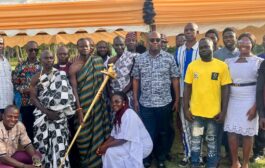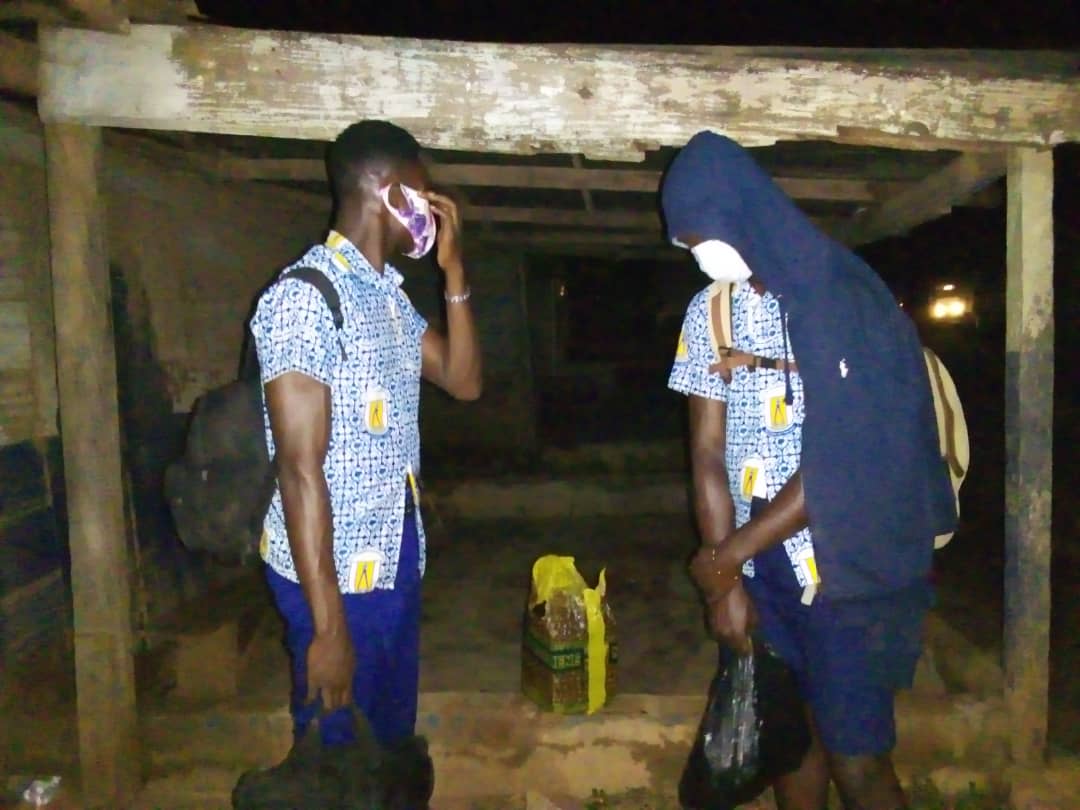Some school of thought believes that the absence of traditional rites has led to a high rate of teenage pregnancy. With intuit remedies, they think that introducing this traditional rite into the system again can count down teenage pregnancy.
Evoking our memories, in Akan for instance, there is a traditional rite called puberty rites ‘Bragoro’.
Puberty rites “Bragoro” is a traditional rite performed by our old women to enroll in the upcoming females at their youthful age. Publically to introduced or pay way to men who are interested in them. Akan also believed that without this rite there is no way you can have access to man. Even after the rite, you have to wait for a man to perform the necessary rite before. Few females who are stubborn do tarnish the image of the family in which they belong to. So everyone is careful of her life without this rite.
In an interview with residents in Koforidua eastern regional capital, some people are bewailing that, bringing this traditional rite back will help to reduce teenage pregnancy else we will keep on continue losing our future leaders through teenage pregnancy. On the other hand, others to have the view that bringing this rite will go astray because parents and children of recent times will never change their ways and also the respect and commitment given to this rite in the olden days can never be renewed.
Moreover in Christianity for instance, most Christians think that is against their belief due to that, there is no way they will give their children a chance to indulge in such an abominable art. Moslems too are of the view that it does not have such traditional rite in their Islam so they will go their way as usual.
In regard to this, some of our current old women admonished us that, Initiating this traditional rite will help the upcoming females because at their time it aids them to be as responsible women as they are now.
Meanwhile, anthropologists, sociologists and other scholars on indigenous cultures have projected that the evolving super-culture of the post-modern world would displace small and weak cultures along with their languages, as shown in a recent volume edited by Devy, Davis, and Chakravarty (2013).
Super-culture is the culture, beliefs and way of life in the post-modern world, especially in the highly developed and advanced countries, and as it develops and spreads it tends to displace or replace small and weak cultures. The voyages of discovery, slavery, trade, colonisation, education, language and commerce have been drivers of super-culture in the past and continue to do so today (Therson-Cofie, 2014).
Most African cultures have customarily exercised strict control over its members, especially women and girls, in a wide range of cultural practices aimed as a mechanism to keep order in the society.
The call for the reintroduction of bragoro is at once cultural and political. Chiefs and their female counterparts (queen-mothers) as well as others in Akan society play a key role in ensuring sanity in society, which also concerns Akan social structure and cosmologies.
The social structure, encompassing the totality of social institutions and statuses, rights, duties, and norms expresses how a society organises its way of life and has been an important analytical tool in anthropological (ethnographic) studies.
In a review of Victor Turner’s works from the 1950s to the late 1960s, Douglas (1970, p. 303) emphasized that any understanding of an action such as a rite in a society requires a detailed analysis of the social structure. For her, Turner convincingly demonstrated how cultural categories sustain a given social structure.
Turner has indeed been a major contributor in the use of structural analysis to show the nature of a group through the rites they perform (in his case, the matrilineal Ndembu of Zambia) (Turner, 1996, 1969, 1967). He points out that social structure models have been extremely helpful in clarifying many dark areas of culture and society (Turner, 1969, p. 131).
Through their social structure, the Akan people construct a certain portrait of themselves and their society, of how things were in the past and the helplessness today due to HIV risks because of what is seen as moral decadence among the youth.
Sub-Saharan Africa remains the worst affected region in the global HIV epidemic. A United Nations Programme on AIDS (UNAIDS) report in 2011estimated that 23.5 million people who were living with HIV were resident in sub-Saharan Africa, representing 69% of the global HIV burden.
The rate of HIV in women is reported to be higher than in men of the same age group (UNAIDS, 2012). Ghana’s prevalence rate is about 1.4%, with 260,000 people living with HIV, 140,000 of whom being women. And new infections continue to occur. This situation is generally seen as the result of laxity in sexual lifestyles; such cultural notions as the unquestioned norms (amamer?
Source: Ayisah Richard


















































